13+ Branding Identity Design Examples to Download
Are you living in a world where every business entity is trying to establish its own name to the general public? Are you working in a company whose name is yet to be in the spotlight? Or are you building your own company name and trying to establish your own branding?
Yes, it is true that branding is common anywhere. You can see different brands along the streets, in parks, schools, marketplace, hotels, restaurant branding, and any other establishments or places and even vehicles and planes—almost everywhere. We see various names with various designs, and each has its own name distinct from the others. But, is that what really branding means? What is the true meaning of branding? What is the essence of branding in a company’s business life?
As we go on with our discussion, we will answer them one by one, providing details for better understanding of branding.
Branding and Its Importance
As per Merriam-Webster Dictionary, branding means the promoting of a product or service by identifying it with a particular brand.
This means that branding involves not only the making of a logo design that represents that company but also the promoting of the company as a whole to make the product known to the market. It does not also simply mean the mere advertisement of the product or services, but it is the building of the business name, especially for long-term, the business credibility, and reputation of the company.
So, why is branding essential in the life of every business? A business needs to earn a profit and has to be known so people would give their loyalty and trust to the company, an give a positive feedback of your excellency. Branding promotes recognition of the business entity, and the branding of the entity sets the entity apart from the competition. For the customers and clients, your branding defines and describes the things that you can offer to them and the things that they should expect from you. In the long run, after you create your branding, if more people are choosing your brand name over the names of the other companies, you already attained a successful branding and your business value is high.
To give emphasis to what really is the idea of branding and what is branding all about, the next discussion will present and explain in depth the things that companies failed to see about branding and what is the true nature and identity of branding.
The Idea of Branding
As many are becoming aware of what a brand is, many are also having misconceptions about the term branding. By branding, it is customary for people to think it is the name of the company or the logo design. But, it should not stop there. Though it is a part of the overall branding, your logo and tagline is your signature, a mark, or a seal that is and will be used by your company in business transactions. A brand is not also about your mission statement only, for a mission statement is a reminder to your company of the things that you want to achieve and the things that you let people expect in your company. Moreover, branding is not only about your advertisement to the public for advertisements deliver your messages to your clients, the things you want them to know about you and the things that you are offering to them. Additionally, it is not only about your products or services for products or services are what you are offering to the people. If these are the only things that you consider as branding, then you are just scratching the surface of the true identity of branding. Branding is more than those; it is more than the name and face of the company; it is more than the tangible goods and services; it is more than the trademark, logo, and design that your company is having. All of them are part of your branding, but there is more—there’s always more to everything, especially branding. Now, you might be asking, so, what now is branding?
Strategic Point of View
First, branding is a strategic point of view which is a valuable content strategy that enables companies to have a connection with the minds of the customers. It is like a point of view of the business entity; it is the way that a company looks at a certain situation and takes an action based on the situation and having the initiative on what to do next. Having a strong and well-developed point of view can create a very clear product personality and authenticity which is a great way to connecting people and to gain people’s trust and loyalty.
Creating Customer Value
Also, branding is creating customer value. Customer value is described as the benefits that a customer can acquire from a certain product or service less the amount he spent on that item. The value that a customer places on a product or service is the customer value for that offering. Customer value has two aspects: the desired value and the perceived value. The desired value is the value in which the customers desire in a product or service. On the other hand, perceived value is the benefit that a customer perceives he or she receives from your product. Customers would usually choose the one with the greatest benefits for a lower amount. But, that doesn’t mean that those with high-quality products are automatically the one with the greatest customer value; the cost should still be taken into account. Though it is uncommon nowadays to have high-quality products for a lower price, people are constantly seeking for the best possible alternative that they can have. In connection with this, business companies are competing to give the best-quality products or services that they can offer to meet what the customers are seeking for. When customer value is created, in turn, long-term connections with the customers will be established, which is one of the things that a company must take care of.
Advantage in the Competition
By saying that your company has a “competitive advantage,” this means that your company is performing well than other competitors in term of the products or services that a company is offering, including the positive feedback that a company receives from its customers. Competitive advantage is attributed to the many things that a company is working on and the attributes that a company possess including but are limited to the following: quality of the products or services offered, intellectual property, cost structure, distribution network, and brand. This provides greater company value and an edge over other competitors. It can be broken down into two general types: comparative advantage and differential advantage. Comparative advantage is the advantage of a company in terms of producing its product for a lower price. Naturally, people will choose a cheaper product than those expensive ones. So, it is an advantage for a company if he can manufacture a similar product with those in the market for a lower price. For differential advantage, it is the advantage of a company by offering a product that is unique from those offered in the market. This requires intensive research and development, which is an additional expense to the company but is still worth spending. Mostly, companies having unique goods have patented their product so no one can take it away from them. It is also a way to secure the companies intellectual rights and to preserve the name of the company.
Engineered Marketing
Successful companies can really attest the efficiency of this method. Engineered marketing is a very unique and different strategy of building the ultimate internet selling machine. The concept is like putting a single coin on the internet and expecting a hundred to come out in return. Does this really work? How is this possible? Is this difficult? Nothing is too difficult if you know what you are doing and what you are expecting to come. However, only a few are aware of the main root of the problem and face the problems in a different way instead. Engineered marketing is like engineering and marketing combined. Engineers find and fix problems, take things apart, understand how each part works, and find opportunities in the details. This is also the concept of engineered marketing. It involves having a target, finding and researching opportunities, optimizing the use of technology and internet sites, and creating a selling machine that would continually work even after the whole process of the creation of the selling machine and can be produced in mass and in a scalable manner. Consider also creating a marketing campaign that makes them don’t look like marketing at all.
Alive
Branding is like creating an identity with personality and attributes which makes up the overall brand and will give life to the branding itself. Your company is to be treated alive and with a character.
With Blood
It has been said that your products and services are the blood of the brand. They are what keep the company running and what the company is offering to its customers, the reason why it is vital that companies will enhance and constantly upgrade their goods and services because these what keep the business alive.
With Heartbeat
The heartbeat of the brand is the organizational culture and standards that a company possesses and is implementing. Organizational culture is the values, beliefs, and principles of a company. It is something that characterizes the organization which can be manipulated and altered depending on the leadership and members of the company. There are three perspectives of culture: traditionalism, interpretivism, and critical interpretivism. Traditionalism is a way of perceiving culture through stories, especially those that are from folktales, rituals, and symbols. Interpretivism integrates human interest into a study and assumes that the access to reality is through language, shared meanings, and instruments. Critical interpretivism is viewed culture through shared meanings, which is generated by a similar network of competing meanings.
With Logic and Emotion
Branding is not only marketing alone for it also tackles the area of science and art. Science in a way that studies the structure and behavior of the market as well as the competitors, as a guide or a basis in developing a company’s own name, and art because it is the output and application of human skills and emotion. Branding also conveys emotion to win the emotion of the target market. In order to have this, the company’s mission statement must be organized and clear to have a clearer picture of the organizational goals and to have an understanding of the company behavior. If the key personnel of a company can understand well the goals of the business, the flow of the business process will become a smoother one and the employees will definitely know how to interact and handle the customers, dealing them with extra care and, of course, with emotion that is useful in connecting with people with different personality.
Examples of Branding and Identity Design
Coffeehouse Brand Logos

Realistic Branding Identity

Free Branding Identity
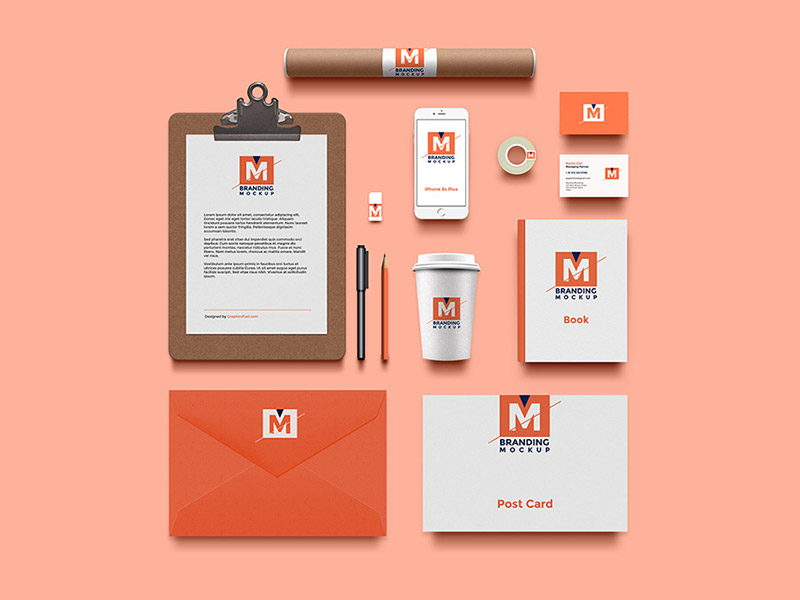
Van Wrap PSD Mockup

Photorealistic Wine House Logo Mock-up

Business Branding Identity Design
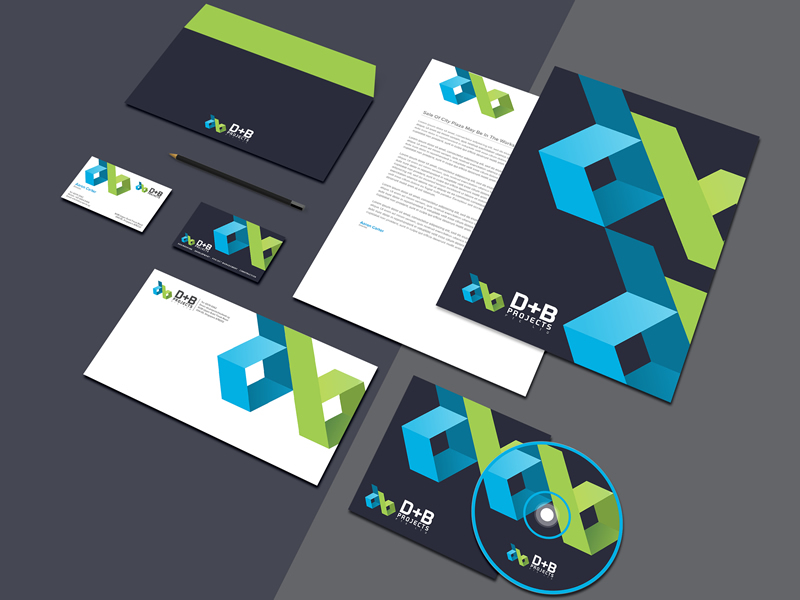
Car Branding Mockup

Wine Identity Branding

Vintage Coffee Brand Logos

Warranty Branding Identity Design
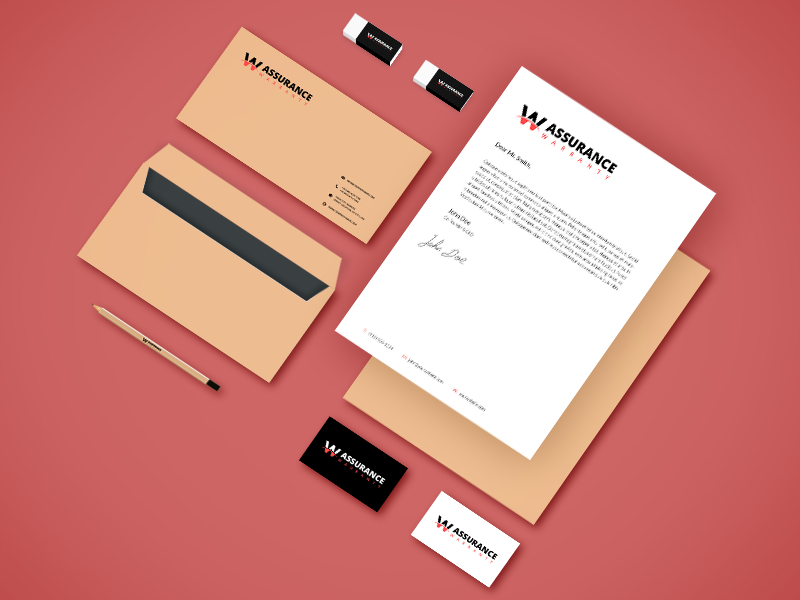
Stationery Branding Mock-Up

Variant Stationery Branding Mock-Up

Identity Branding of a Cup

Photorealistic Clothes Brand Mockup

Wrangga Fashion Brand Logo
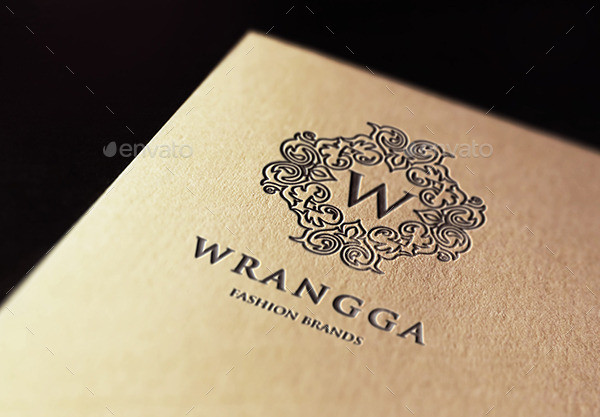
Cosmetic Branding Mockup

Cosmetic Branding

Barber and Cosmetics Branding Mockup

T-Shirt Branding
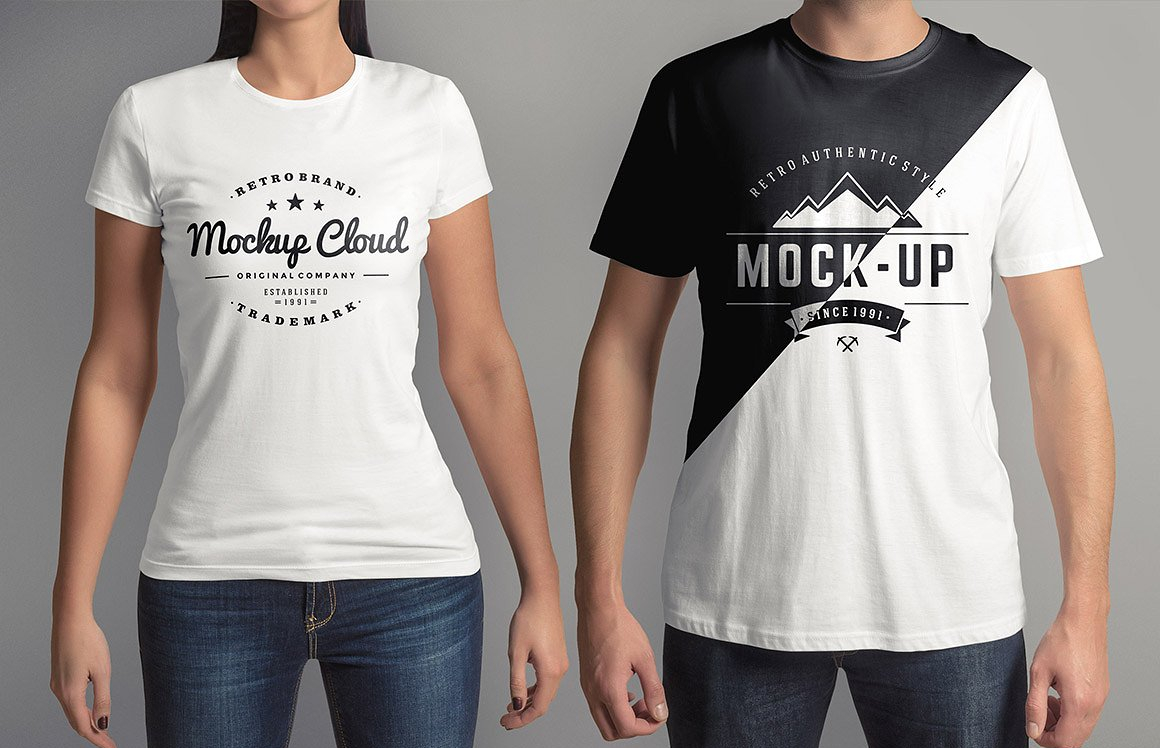
Clothing Brand T-Shirt Mockup

Corporate Branding or Identity Mockup
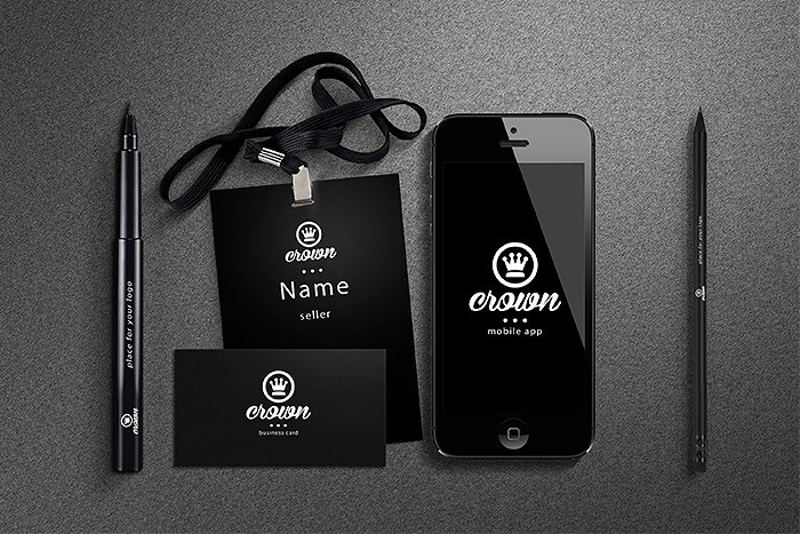
Grandma’s Recipes Branding Kit

Life Tree Branding Identity

Types of Branding
Branding encompasses a very wide range of target market and has different types according to the target and to the personality of that kind of branding. Below are the types of branding that you have to know in order to understand more about the nature of branding.
Product Brand
This is the most usual and common type of branding that we encounter everyday. We saw product brands everywhere and the advertisements are also everywhere. Companies are utilizing their spaces in their advertisements and thinking of the best solution possible to stay on top of the competition. Examples of product branding are vehicle branding, wine branding, and fast food branding. Examples of products that are well known in the market are Coca-Cola, Pepsi, Johnson’s, Nike, and Adidas.
Service Brand
Service companies provides services to its client. Examples of service companies that provide services to the public are municipal and state agencies, non-profit agencies, hospitality and tourism organization, institutions, universities, museums and other cultural attractions, and entertainment venues and stadiums. These companies are also taking care of their branding by catering the needs of the people and giving them good-quality services.
Corporate Brand
As opposed to the products and services, corporate branding is the practice of promoting the company name as a whole, and the scope of branding is way much broader than that of products and services. It is like the whole company including its roots and culture is being given the name that should leave a mark in the hearts and minds of the people.
Investor Brand
This is usually applicable in publicly listed brands and to the investor relations function. Investor relations is the communication between a company, the financial community, and others that integrates finance, communication, and marketing which can contribute in achieving fair valuation of the company’s securities.
Employer Brand
Focusing on the recruiting process, employer branding is the ability of a company to attract high-quality staff to work for the company. It also highlights on the development of a healthy and productive culture inside the company, which is needed to build the company behavior that is a part of an excellent branding.
Personal Brand
To improve the brand of one’s self and to enhance their career opportunities, personal branding is done by an individual, which is used widely by people to market themselves in companies that they are applying. The brand is normally built around themselves and is expected to add value to the personality of an individual. This is also knows as individual brand.
Cause Brand
Cause branding is highlighting the cause, the reason to why the company is built. This is said to attract more customers as people are very eager in helping those that are in need, and in this way, they feel that they are somehow indirectly giving the one who is behind the creation of the company, the reason of the establishment of the company. There might be percetage donations to certain organizations and charitable groups.
Non-Profit Brand
This includes non-government organizations (NGOs) and other non-profit sectors in the government that can still be considered an entity and are establishing their brand name in the community.
Public Brand
This is also known as government branding. Government branding is very important since they are the ones who are holding different concerns of the people and they also help in maintaining order and peace as more and more people are living in a community. Public entities should have a clean and trusted name for people to give loyalty to them and support them in any way possible for a mere citizen.
Private Brand
This is also known as the private label. It is said that this is a retail offering that seek to under-cut the asking price of name brands, which focuses on the price of the things that they are offering. They are in competition with those that have already established the name in the industry. Private brands need to consider different factors to widen the appeal and loyalty of the customers.
Spirit Brand
This emphasizes on the vibes that a brand is putting into its advertisement or tagline or slogan. Spirit branding tickles the innermost spirit of the people, getting their attention to and focusing them on the things that a business is offering. It is common to hit the people emotionally, but it is quite harder to hit them in the spirit. If you are giving the customer a feeling of good vibes by presenting your product, then that is the essence of spirit branding.
Community Brand
A company can also show to the people that it is participating in community works which is so much helpful to the needy. This can include doing outreach programs, contributing to public education, or providing emergency relief to those that have experience calamities and are in need of help financially and morally. People are promised and are expected to give their trust to the company knowing the good deed that it has done to the society.
Nation Brand
Nation brand relates to the perceptions and reputation of the country as a whole and not n a specific area only. It is showing to the whole world the characteristics of the whole country including its culture, people, tradition, and other areas that the country possess. It is showcasing to the rest of the world about the personality of the whole country.
Place Brand
Almost similar to nation branding, place branding is also showcasing the personality of a certain place but this time, only a small portion of a country or a nation. Every place has its own culture and tradition and even dialect that are distinct and separate from the rest of the places; thus, this can be one of the personalities that can be proudly shown to the neighboring places and the rest of the world.
Celebrity Brand
Advertisements can also be done using high-profile celebrities endorsing the product, giving the people the mindset that a person with high fame is trusting the product, thus, making them to also trust the product.
Ingredient Brand
In this branding, the brand becomes popular because of a certain ingredient, for example, of one product, that is very rare and unique and has features that are apart from its competitors. Because of this, the company has an edge over its competitors, which can add an overall value to the company as whole, gaining more trust and sympathy from the customers.
Challenger Brand
Companies took the risk of creating a change from the norms that people are already accustomed of. They are trying to change the people way of thinking and pulling them over to shift to a good perception over their product. It is challenging as some people do not want to undergo change and wanted to stay in their safe zones. But, when the advertisement and branding for this is successful, there will be a great change not only to the financial statement of the company but also to the overall image of the company.
Luxury Brand
Social status and endorsements to the customers are delivered by prestige brands, promising them luxury items for an affordable price. Companies engaging this must make sure to give what they promise and must satisfy the expectation of the customers.


